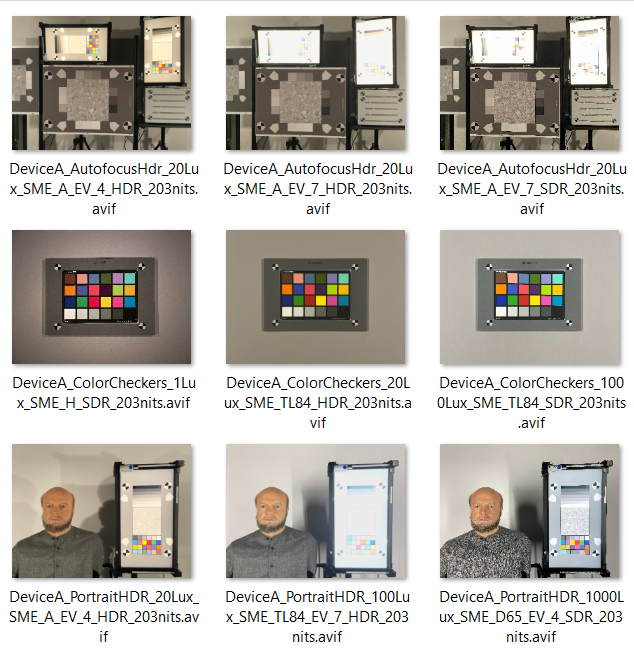
This paper is the continuation of a previous work, which aimed to develop a color rendering model using ICtCp color space, to evaluate SDR and HDR-encoded content. However, the model was only tested on an SDR image dataset. The focus of this paper is to provide an analysis of a new HDR dataset of laboratory scenes images using our model and additional color rendering visualization tools. The new HDR dataset, captured with different devices and formats in controlled laboratory setups, allows the estimation of HDR performances, encompassing several key aspects including color accuracy, contrast, and displayed brightness level, in a variety of lighting scenarios. The study provides valuable insights into the color reproduction capabilities of modern imaging devices, highlighting the advantages of HDR imaging compared to SDR and the impact of different HDR formats on visual quality.

Color provides important information and features for face recognition. Different color spaces possess different characteristics and are suitable for different applications. In this paper, we propose to investigate how different color space components influence the performance of degraded face recognition. Towards this goal, nine color space components are selected for the evaluation. In addition, four different types of image-based degradations are applied to face image samples in order to discover the impact on the performance of face recognition. The experimental results show that, all selected color components have similar influence to the performance of face recognition system depend on the acquisition devices and the experimental setups.